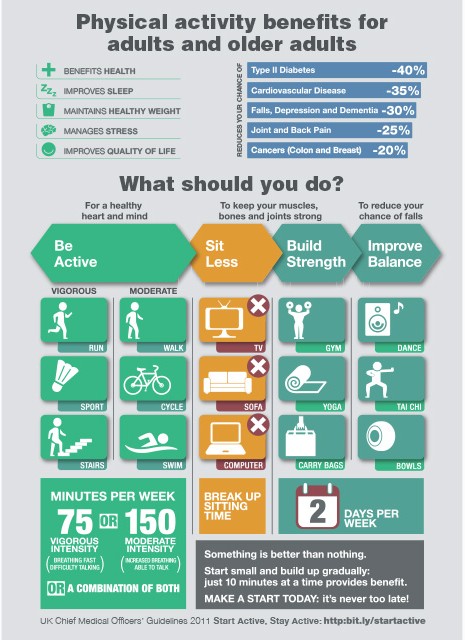 Guest Blog by Dr Jo Larkin, Sport and Exercise Medicine Consultant FFSEM
Guest Blog by Dr Jo Larkin, Sport and Exercise Medicine Consultant FFSEM
The knowledge and principles used to treat elite professional athletes in Sport and Exercise Medicine can be used to treat injuries occurring in the rest of the population.
The musculoskeletal (MSK) rehabilitation plan must consider the fact that the objective of the patient is to return to the same activity and environment in which the injury occurred. Functional capacity after rehabilitation should at the minimum be to at the same level, if not better, than before injury. The goal of the rehabilitation process is to limit the extent of the injury, reduce or reverse the impairment and functional loss, and prevent, correct or eliminate the disability.
So why should we do this? Whether you are an elite athlete, weekend warrior or just someone that wants to remain active, the care pathway and rehabilitation in MSK Medicine is the same. Stakeholders such as coaches and corporate bosses should invest in allowing the time for this to take place because there is evidence to show physical activity has multiple health benefits.
Open full size infographic ‘Physical activity benefits for adults and older adults’:
www.gov.uk/government/uploads/Physical-activity-infographic
Focusing on the workplace, Business Harvard Review published a document on work effectiveness and performance. It demonstrated that both effectiveness and performance was higher in people that regularly exercise. Exercise has also been show to elevate mood, which has serious implications for workplace performance.
A further study from the Leeds Metropolitan University, demonstrated that on the days that employees visited the gym, their experience at work changed. They reported managing their time more effectively, being more productive, and having smoother interactions with their colleagues. Interestingly this then lead to the individual feeling more satisfied at the end of the day, thus in theory could have a beneficial effect on the individuals’ home life.
Keeping the workforce working is key no matter if you are an international athlete, office worker or manual worker. Therefore, carefully mapping out the MSK care pathway for the individual is no different. The aim of rehabilitation is to restore function. This is done in very simple steps and starts with a correct and early diagnosis. Once this is established the basic parameters of any rehabilitation programme is to restore the range of movement, strength and then functional progression. The latter phase is generally sport, exercise and position specific. The goal of the rehabilitation process is to limit the extent of the injury, reduce or reverse the impairment and functional loss, and prevent, correct or eliminate the disability. Within the elite sport setting this is carried out by a multidisciplinary team in order to address all facets of the individual’s rehabilitation programme and optimise health outcomes, as this is an opportunistic time with the patient.
There are many ways to approach designing a rehabilitation programme and it should occur as soon as the injury takes place. I have provided an example below:
The Acute Phase – there will be some restriction in loading and range to allow for reduction in swelling and pain. However, the practitioner needs to continue to find ways of maintaining cardiovascular fitness.
The Restoration Stage – the programme will focus on range of movement and strength.
The Reacquisition Stage – where the focus will be progression of strength and initiation of the functional sport and exercise specific tasks.
The Refinement Phase – is to focus on building confidence, developing the complicated skills, progress the cardiovascular drills i.e. graduated return to running or activity. Increase capacity, both endurance and strength of the tissues.
The stages are designed to ensure functions of rehabilitation are systematically undertaken to ensure the patient has best potential return to normal activity.
The government has recently acknowledged the importance of managing MSK issues effectively in the joint green paper “Improving Lives. The Work, Health and Disability Green Paper” with the Department for Work and Pensions and the Department of Health. Therefore, it is imperative we draw on our knowledge from how we rehabilitate the sporting population and utilise our skills for the general population; but instead of using a return to sport as our objective end marker, we use the individual’s goals and link these with occupational return-to-work goals.
Instead of viewing exercise as something we do for ourselves, a personal indulgence that takes us away from our work, it’s time we started considering physical activity as part of the work itself and have this supported within the workplace. In summary, there are many similarities between the care pathway for returning sportspeople to activity and returning working people to their occupation.


